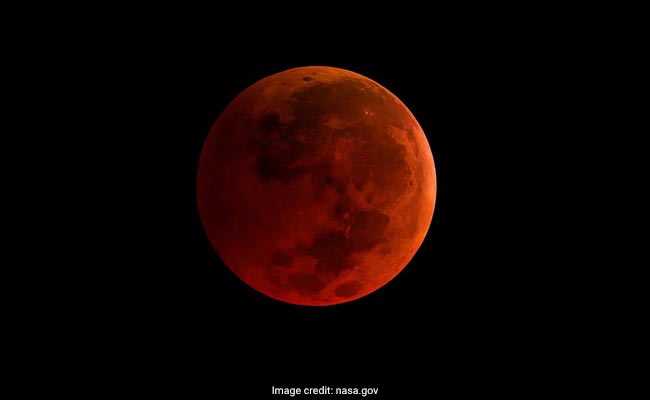The year 2019, came up with a very fascinating and rare occasional lunar happening called Lunar Eclipse or Super Blood Wolf Moon eclipse. The reddish-orange colour moon has rule the sky on January 20-21, 2019 in various countries at different times.
Spectators in North and South America, parts of Europe and western Africa, were lucky enough to have the clear view of the sky with rare total lunar eclipse on Sunday night. But, at the same time, the eastern Africa and Asia experienced a partial eclipse.
In India it was a daytime here so, the lunar eclipse or ‘chandra grahan’ was not able to be directly observed from here.
January 2019 Lunar Eclipse: Highlights
Date: 20th January 2019 – 21st January 2019 (times may possibly differ by location)
Another name: Super Blood Wolf Moon
Complete eclipse observable (Place): North America, South America, Western Europe, and North-western Africa
Fractional eclipse observable: In some parts of Africa and Europe
Next total lunar eclipse/ Super Blood Wolf Moon: May 2021
A lunar eclipse happens when the Moon passes surrounded by the Earth’s umbra or commonly known as Earth’s shadow. As the eclipse arises, Earth’s shadow initially blackens or dims the Moon to some extent. Then, the shadow instigates to cover the portion of the Moon, making it a dark red-brown colour.
The Moon seems like to be reddish in colour because of Rayleigh scattering; it is the same that makes the sunsets to look reddish. Another reason for its reddish colour is the diversion of that light by Earth’s atmosphere into its shadow.
This take place for the reason that the blue light go through the stronger atmospheric scattering, so red light will be the supreme overriding colour emphasised as sunlight passes over our atmosphere and casts it on the moon.
On late Sunday night or early Monday morning, hundreds of people came out of their homes just to have the glimpse of the rare lunar eclipse or Super Blood Wolf Moon. Many people witnessed it and captured the images of it and shared on social networking sites.
According to the reports, in the UK, the full eclipse originated at 4:40 am and became red at 5:12 am in the early morning. However, in early Monday morning, the viewers in the Britain were able to find out the moon in the cloudy skies.
Earlier, on 31st January 2018 a total lunar eclipse was occurred. On 30 January 2018, the Moon was close to its perigee and as such may be defined as a “supermoon”. Earlier to the year 2018, the supermoon lunar eclipse was appeared in September 2015.

Leave a Reply